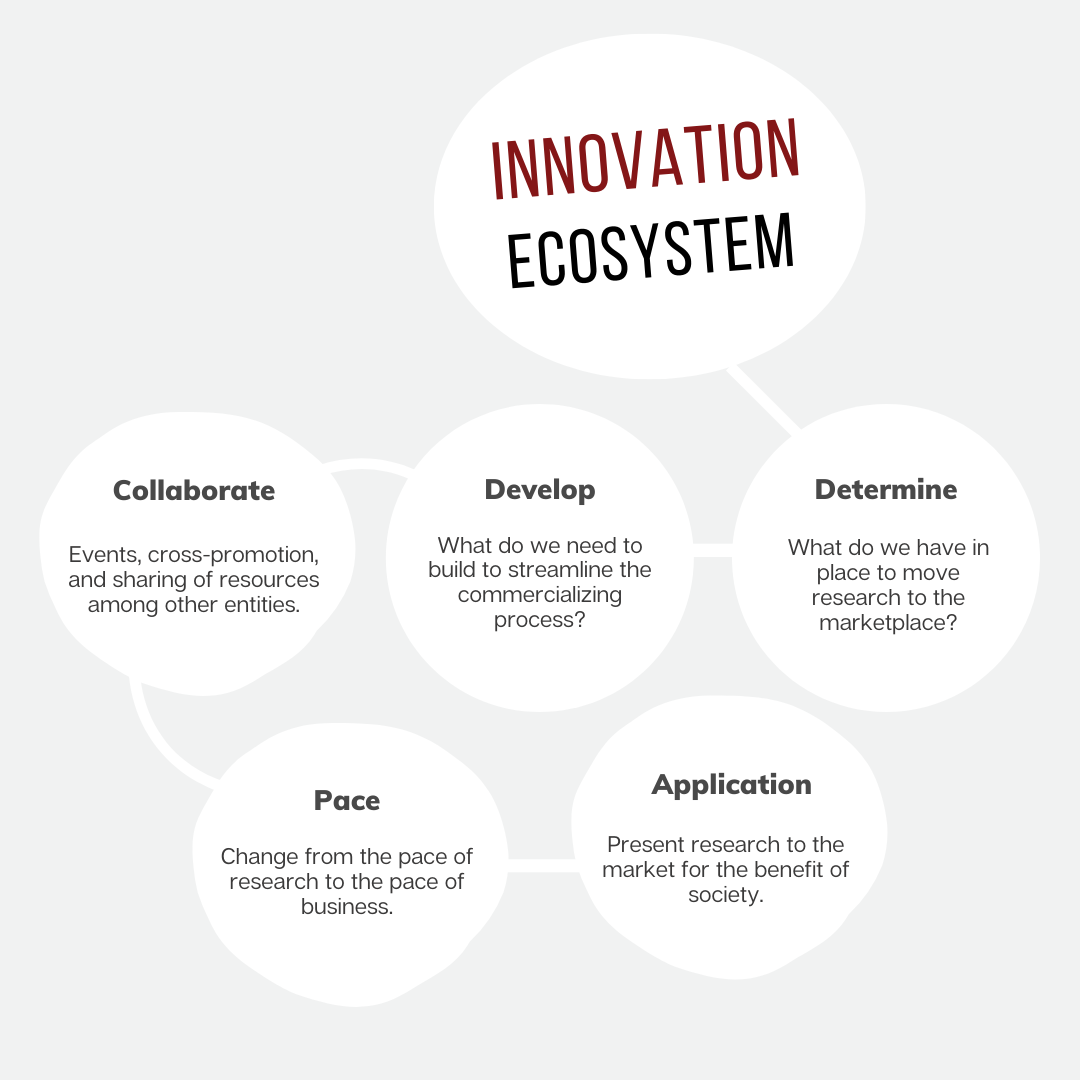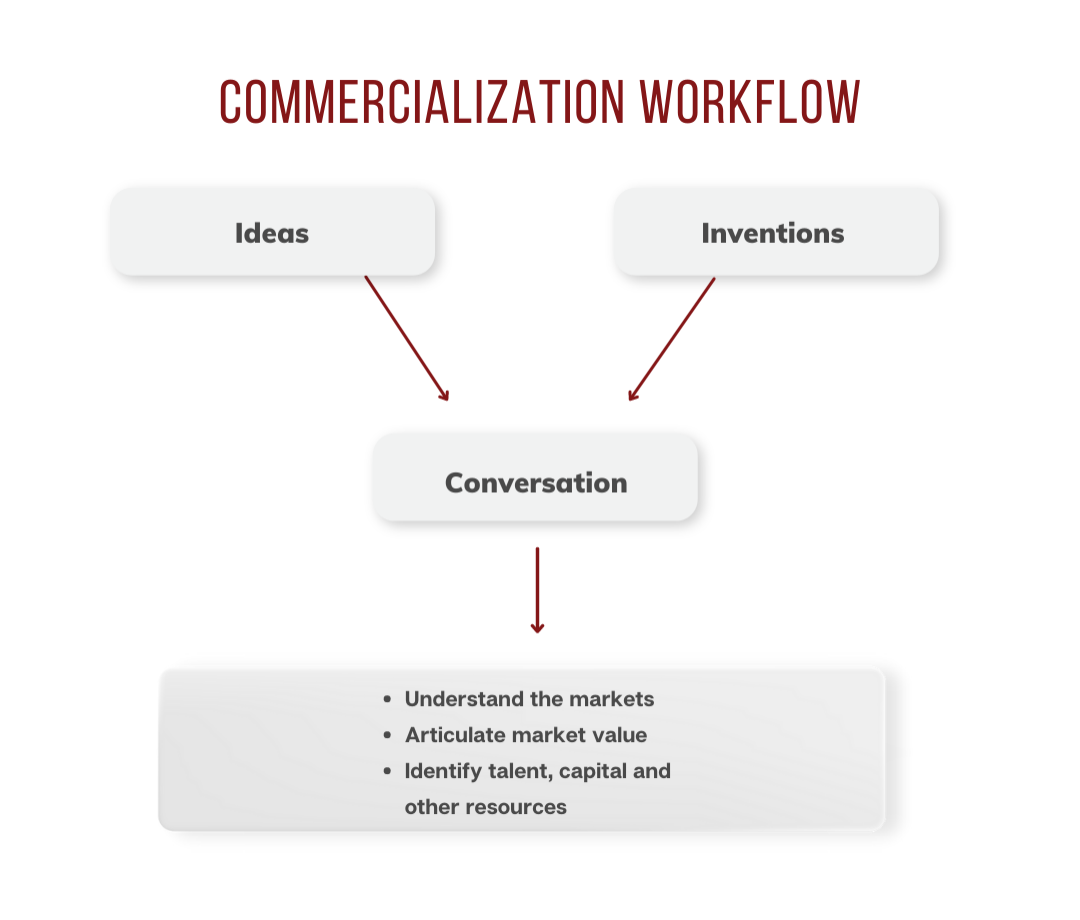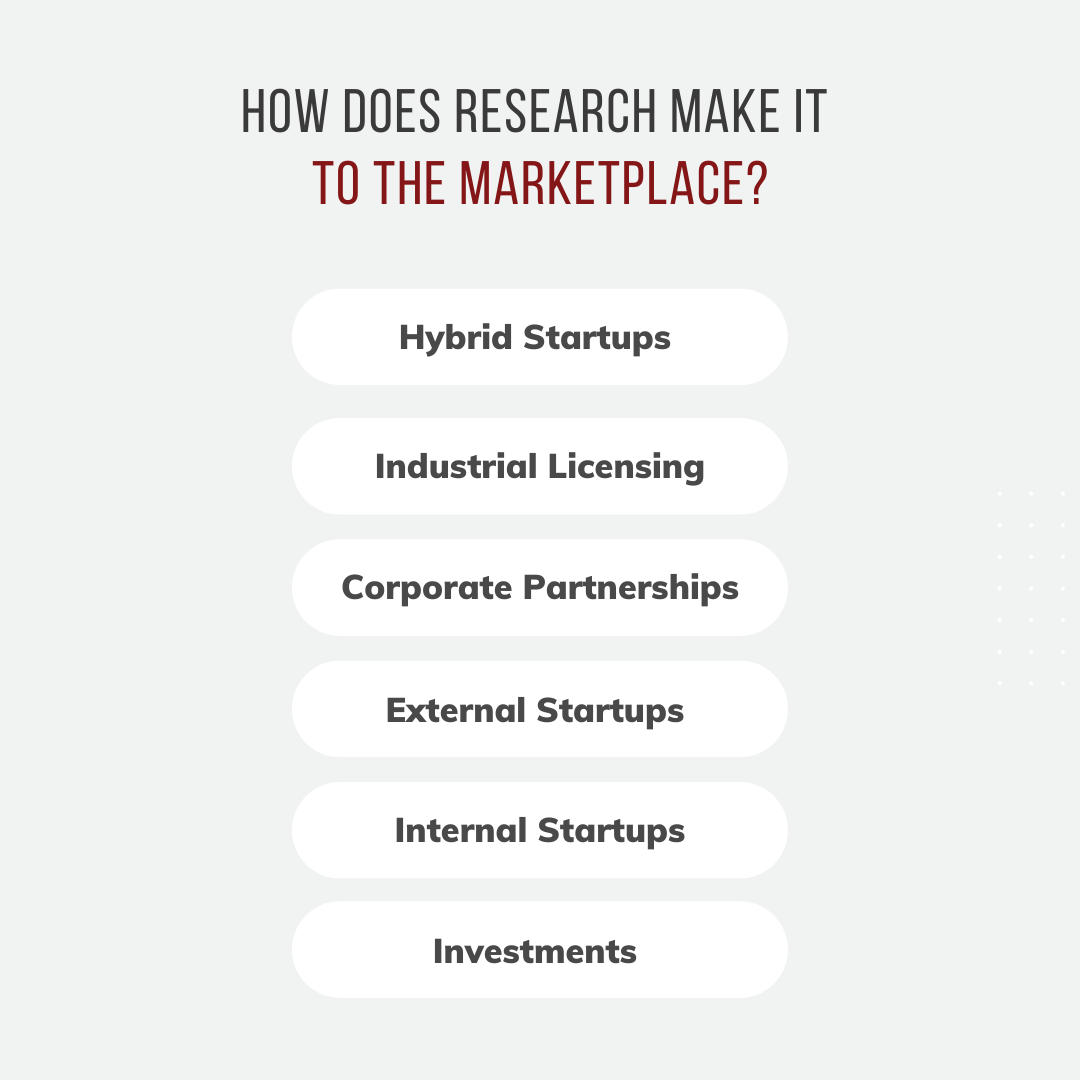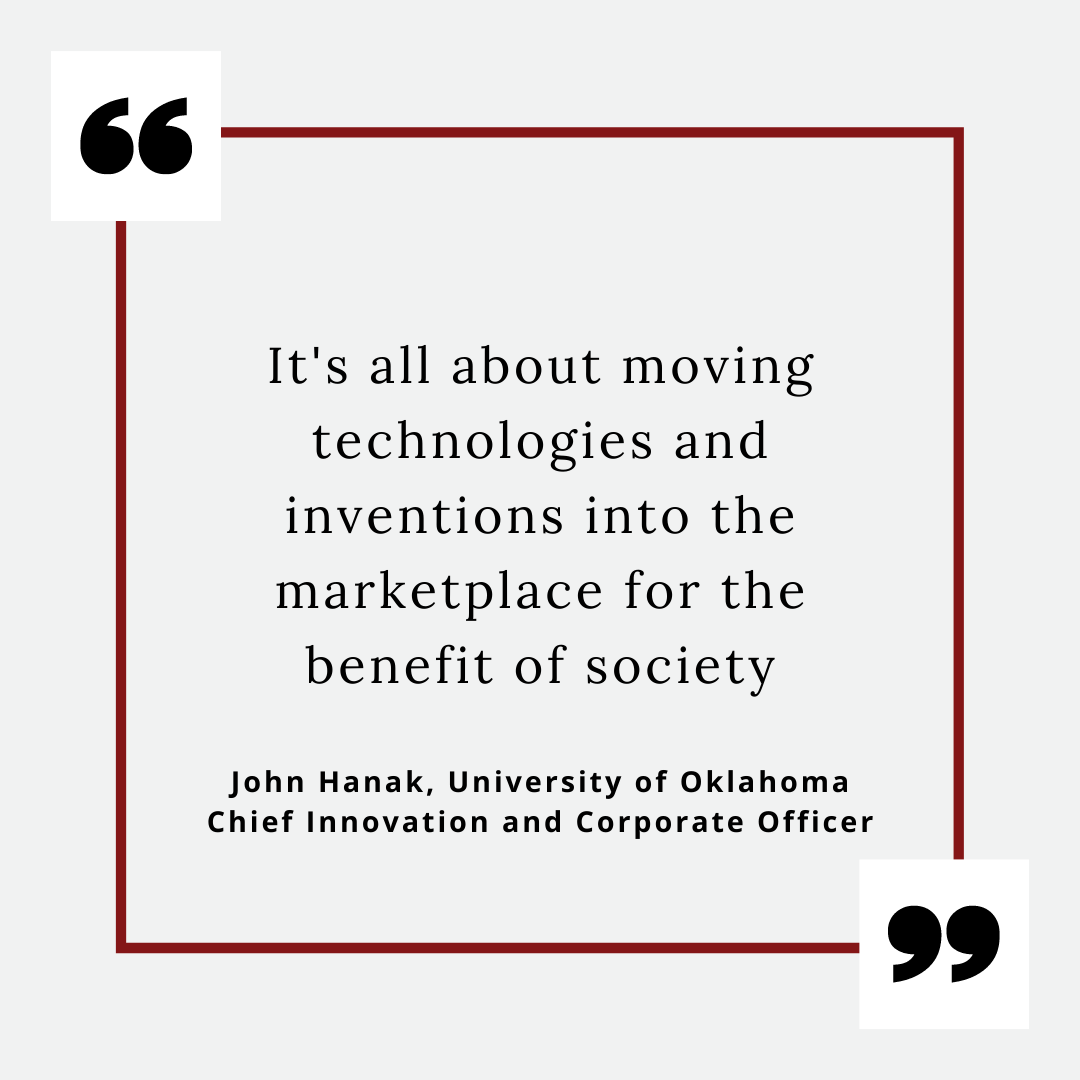QUESTION: What is the relationship between publishing and patenting?
ANSWER: The answer is in understanding the relationship between publishing and market reality. It all comes down to disclosure. We want publishing to be done in ways consistent with the legalities around licensing – when you can publish, when you shouldn’t publish, making sure you’ve protected your IP. That all starts with the disclosure process. One of our key elements that we want to support going forward is to ensure the disclosure process is as easy and smooth as possible. At the same time, there is a specific amount of technical information that is required. Anyone wanting to learn more should visit the Office of Technology Commercialization website and click the button for Disclose an Invention.






